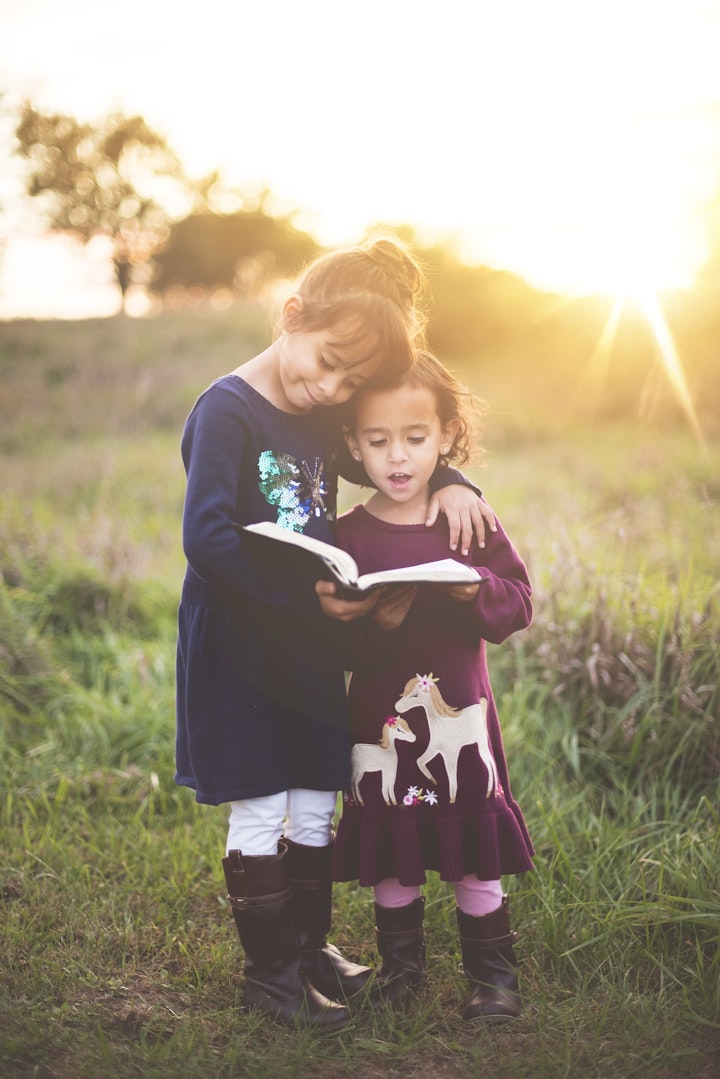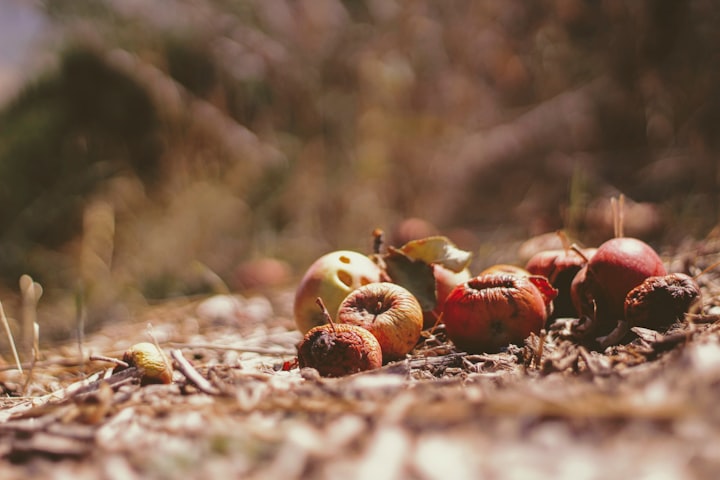COVID-19 and natural disasters are exposing girls to sexual abuse, child marriage and pregnancy.
Support for mental health and protection services for vulnerable children and women.
Build a better world where every child can grow up in a violence-free environment and have hopes and dreams for the future.
Even before the pandemic hit, conflict and climate change were driving an unprecedented growth in the number of children in need of humanitarian assistance. Now, COVID-19 is making the situation even worse, threatening to create a lost generation.
Violence is an epidemic of abuse that undermines all other investments made in children, with devastating long-term consequences. Despite the scale and impact of violence against children and the proven evidence-based solutions that exist, we still lack the political commitments and financial investments that are urgently needed to keep children safe at home, online, at school and within communities. And without the proper investment, the effects of violence against children will continue to cost up to 5% of the world’s GDP.
Did you know Violence Against Children in Honduras, where two children are murdered every day, to South Africa, where in some districts, up to 99 per cent of children have experienced or witnessed abuse. That’s how many girls and boys suffer from violence every year.
COVID-19 has increased children’s risk of violence in every country and community. As a result of the pandemic, 85 million more girls and boys may be exposed to physical, sexual and emotional violence. COVID-19 has also placed new pressures on both national budgets and international donors, jeopardising already-limited investments to end violence against children, along with years of progress. Without urgent, unified action, we could lose a generation of children to the lifelong effects of violence.
To end violence against children, UNICEF calls for global to action, This six-point plan proposes a set of practical and concrete actions to reunite the world around a common cause the realization of the Sustainable Development Goals and the Convention on the Rights of the Child.
1. Ensure all children learn, including by closing the digital divide
At their peak, nationwide school closures disrupted the learning of 91 per cent of students worldwide. Marginalized children suffer the heaviest burden: Some 463 million young people were not able to access remote learning during school shutdowns. What’s more, previous shutdowns demonstrate that children who are out of school for extended periods, especially girls, are less likely to return.
2. Guarantee access to health and nutrition services and make vaccines affordable and available to every child
A child survival crisis looms, with the children at greatest risk of hunger and disease now seeing their already-fragile health and food systems buckle under the strain of COVID-19. A fragmented and inequitable response to both treating and vaccinating against COVID-19 only risks prolonging the pandemic.
3. Support and protect the mental health of children and young people and bring an end to abuse, gender-based violence, and neglect in childhood
The world is waking up to the extent — and lasting impacts — of child abuse and neglect. But the COVID-19 crisis has only exacerbated violence, exploitation, and abuse as children are cut off from key support services while simultaneously suffering the additional stress placed on families in turmoil. Girls are particularly vulnerable, with child marriage and adolescent pregnancy already on the rise.
4. Increase access to clean water, sanitation and hygiene and address environmental degradation and climate change
COVID-19 may not have been directly caused by climate change, but there are strong linkages pointing to environmental degradation as a common underlying risk factor. Unreliable access to safe water due to changes in climate also limits people’s ability to practise life-saving hygiene measures like handwashing. Our vulnerability to this pandemic has only underscored the risk of not taking immediate action to protect against environmental degradation and climate change.
5. Reverse the rise in child poverty and ensure an inclusive recovery for all
The economic crisis caused by COVID-19 threatens to hit children the hardest, with the number of children living below their national poverty lines expected to soar by 140 million by the end of the year. Economic crises are often followed by cuts to government spending, including on programmes for children. If the world repeats this pattern in the wake of COVID-19, poverty and deprivation among children will continue to rise, even after the immediate crisis has waned. An inclusive recovery plan is imperative to prevent countless more children from reaching levels of poverty unseen for many years.
6. Redouble efforts to protect and support children and their families living through conflict, disaster and displacement
Even before the pandemic, 2020 was set to see more people than ever in need of humanitarian assistance. COVID-19 has compounded the vulnerabilities of migrant, displaced, and refugee children, as well as those living in crisis-affected countries. And whether the result of active conflict or new pandemic restrictions, it is becoming harder to reach the most vulnerable children with essential and life-saving services. COVID-19 must not become an excuse to divert attention from these children.
According to Unicef, and doing to support children during covid 19 :
And we are here now, in 192 countries and territories, working with communities, governments and partners to slow the spread of COVID-19 and minimize the social and economic impacts on children and their families. We are:
Working with governments, authorities and global health partners to ensure vital supplies and protective equipment reach the most vulnerable communities.
Prioritizing the delivery of life-saving medicines, nutrition and vaccines, and working closely with governments and logistics networks to mitigate the impact of travel restrictions on the delivery of these supplies — including by supporting the COVAX initiative and preparing for a COVID-19 vaccine.
Working with partners to urgently distribute water, sanitation and hygiene facilities to the most vulnerable communities.
Ensuring the continuity of key health and nutrition services — including routine immunization — focusing on the most vulnerable children.
Distributing vital public health messaging and advice to slow the transmission of the virus and minimize mortality.
Supporting governments to prioritize schools in their reopening plans and take all possible measures to reopen safely.
Providing advice and support to parents, caregivers and educators to support home and remote learning, where schools remain closed, and working with partners to design innovative education solutions.
Working with partners to bridge the digital divide and bring internet connectivity to 3.5 billion children and young people by 2030.
Providing guidance to employers on how best to support working parents, and designing new social protection solutions that ensure the poorest households can access critical funding.
Providing peer-to-peer learning and information sharing between children, adolescents and young people to support their mental health and combat stigma, xenophobia and discrimination.
Working with governments, authorities and other partners to ensure child rights and child protection measures are embedded in the immediate COVID-19 response and longer-term recovery planning.
Stepping up our work with refugee and migrant children and those affected by conflict to ensure they are protected from COVID-19.
Supporting meaningful child participation in the development and implementation of programmes responding to COVID-19.
About the Creator
Viona Aminda
Not a fiction story telling







Comments
There are no comments for this story
Be the first to respond and start the conversation.